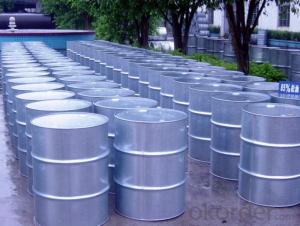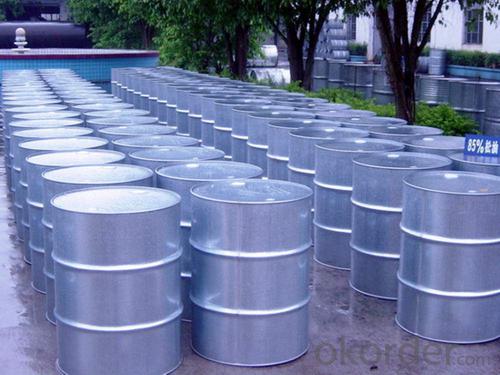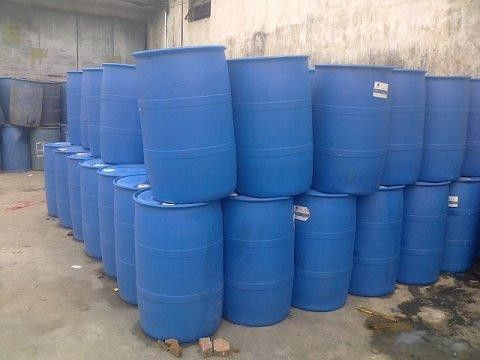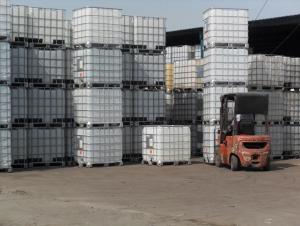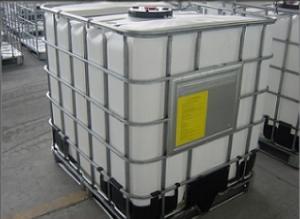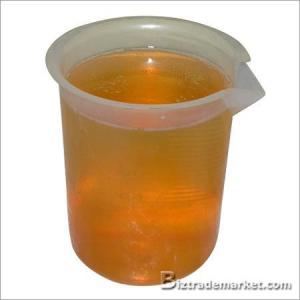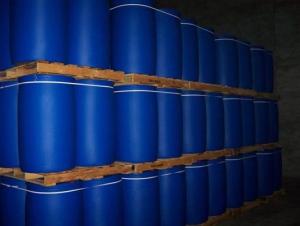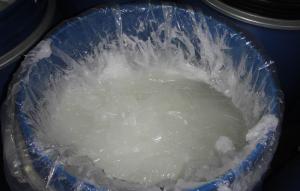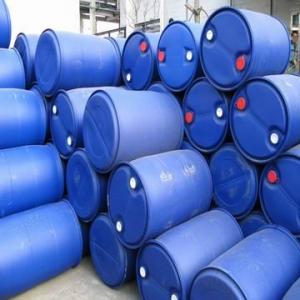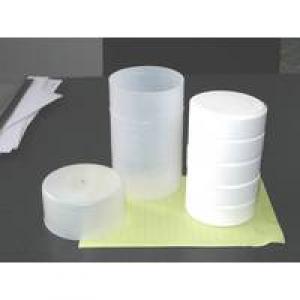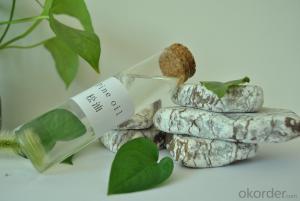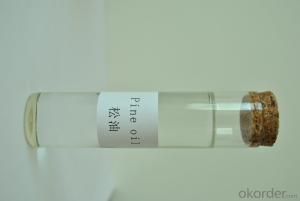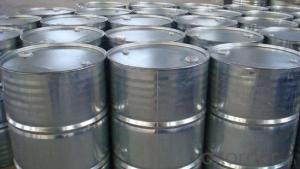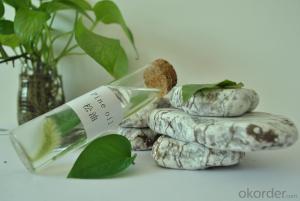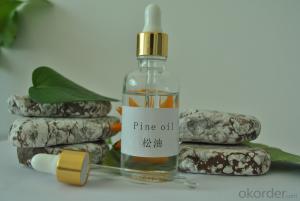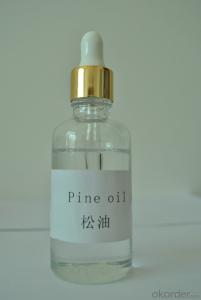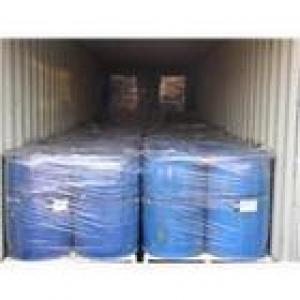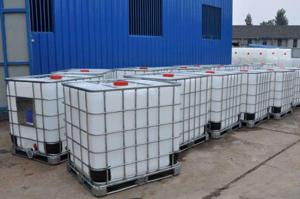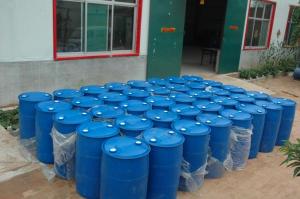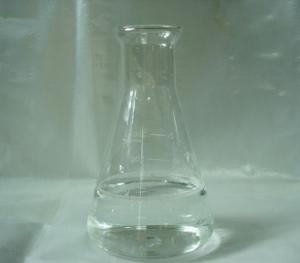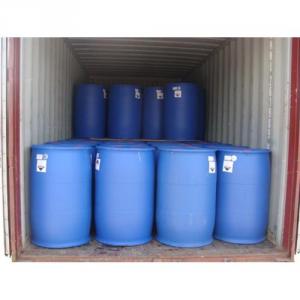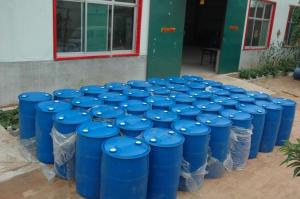Pine Oil90% With Very Best Price and High Purity
- Loading Port:
- Shanghai
- Payment Terms:
- TT OR LC
- Min Order Qty:
- 14.4
- Supply Capability:
- 1000 m.t./month
OKorder Service Pledge
OKorder Financial Service
You Might Also Like
1. Structure of Pine Oil Description:
CAS NO.: 8002-09-3
MF: C10H17OH
PURITY:
Purity: 45% 50% 70% 80%
Packing&Delievery: 170kg/iron drum (Capacity of per 20'FCL: 80 drums,totally 13.6mt per container)
All year Delievery
2. Main Features of Pine Oil:
The pine oil is widely used in the flotation of various metallic and non-metallic minerals. It is mainly used in the flotation of various sulfide ores,such as lead,copper,zinc,and iron sulfide,and non-sulfide minerals. It exhibits some collecting properties,especially for readily floatable minerals such as talc,graphite,sulphur,molybdenite and coal etc.The froth produced by pine oil is more persistent than that produced by other frothers.As a good foaming agent of non-ferrous metals,has been widely used both at home and abroad,with low foam,high concentrate grade,strong adaptability,fine and dense foam and the foaming speed and defoaming speed is fast,easy operation,no impact on subsequent flotation and is appropriate the separation of polymetallicore.
3.Pine Oil Images
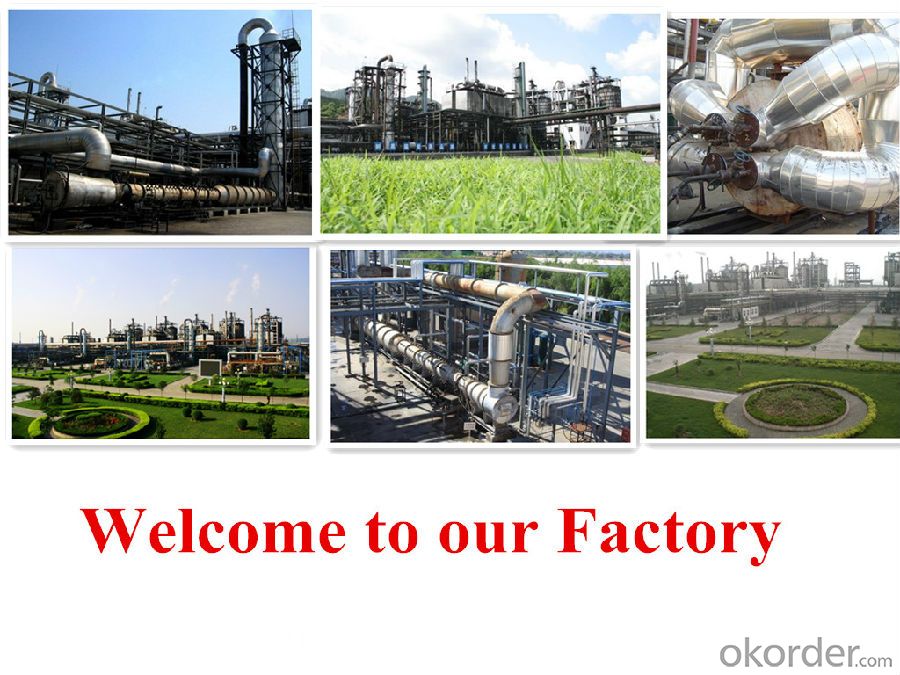
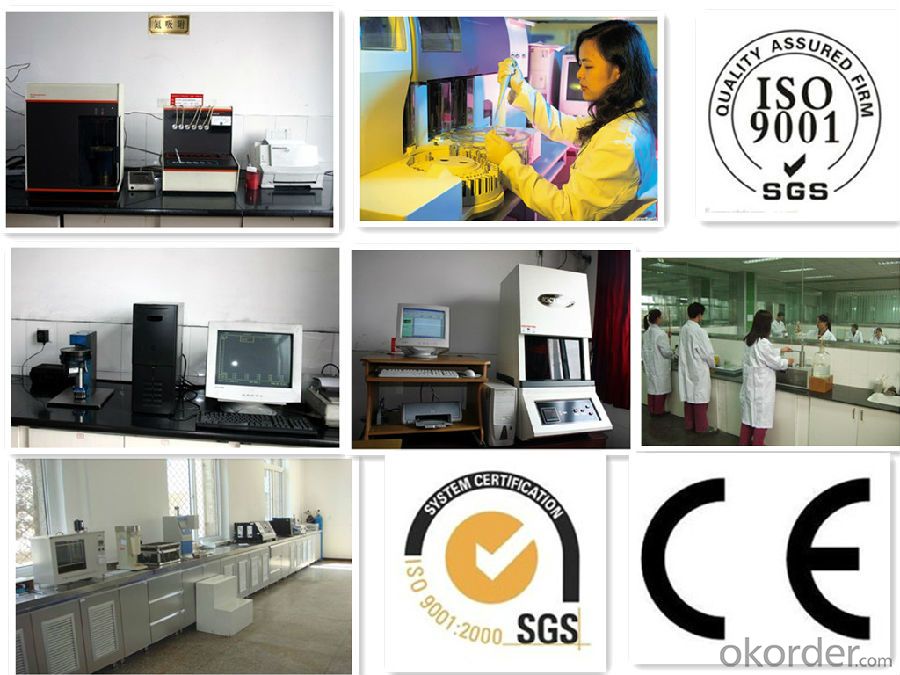

4.Pine Oil Specification
Item | 50% | 65% | 70% | 85% |
Appearance | Slight-yellowish or brown-yellowish oil-shape liquid. | |||
Color and state( Max). | 6 | 6 | 6 | 6 |
Content of water (Max). | 0.7 | 0.7 | 0.7 | 0.7 |
Total acid value (Min) | 50 | 65 | 70 | 85 |
Gravity | 0.866 | 0.90-0.92 | 0.90-0.92 | 0.92-0.94 |
Distillation range(°C) | 168-230°C | 170-225°C | 170-225°C | 190-225°C |
Impurities(MAX) | 0.5% | 0.5% | 0.5% | 0.5% |
PH value | 5-7 | 5-7 | 5-7 | 5-7 |
Impurity( Max). | 0.5 | 0.5 | 0.3 | 0.3 |
5.FAQ
1)How many tons does your factory can supply each moth?
30000tons/month
2)How to quarantee the quality of the products?
you can arrange SGS&BV or other quality inspection.
3)How many days you need to pepare the cargo after we made the order?
- Q: What kind of chemicals are used to invest less
- Fine chemical production technology training objectives: fine chemical production line of highly skilled personnel. Main courses: inorganic and analytical chemistry, organic chemistry, physical chemistry, chemical unit operation, chemical instrumentation and automation, fine chemical chemistry, fine chemical inspection technology, fine synthetic chemistry, fine chemical technology, daily chemical process, And technology, chemical safety technology. Basic ability and quality: with the fine chemical products production and implementation, analysis and testing, new product development, equipment maintenance and other technical and chemical production and technical personnel necessary capacity. Vocational skills training and identification of workers, chemical technology test workers. Graduates to adapt to the field: engaged in fine chemicals; medicine, pesticides, light chemical industry; environmental protection and other fields of chemical production, analysis, testing; process design, technological transformation; production management technology applied work.
- Q: Hangzhou to open the daily use of chemical invoices to use what?
- Invoice is the reimbursement of the credentials, holding the invoice unit to be able to give you reimbursement.
- Q: Where does the chemicals of the daily necessities come from?
- What you want, my shop ,,, have
- Q: What is the fine chemical production technology? What can I do with work?
- Fine chemistry is to understand the daily exposure of the public chemical biochemical supplies, as well as the relevant production process. That is, the preparation of daily chemicals. Out of work, then it is easy to find, due to the nature of the relationship between the work, the environment is not very good.
- Q: Liuzhou daily chemical production staff. Tell me who helped me? Many thanks! Template, thanks
- I am a mature man, but my looks were young, burly, giving a feeling of big brother to do a different self-introduction, we must master the following three points: 1. Detailed understanding of the classification of self-introduction in terms of self-introduction According to the introduction of different people can be divided into active self-introduction and passive type of self-introduction two types I recommend you a model it! Humor self-transmission Yu Rui my home in XX County XX Township, I was a cry girl
- Q: Through the information access and supplies research, for themselves, or family, or friends choose a suitable daily chemicals (can be cosmetics, cleaning supplies, daily disinfectant, pesticide four categories of supplies in one or more ), Write a research report asking for a description of the reasons for the selection of the article, a brief description of the process of access to information and supplies, description of the composition of the supplies, efficacy, use and precautions, and explain how to avoid negative health or the environment influences. The report should be closely integrated with the actual needs, clear objectives, clear thinking, primary and secondary, statement fluency, system integrity, have their own analysis and evaluation. Title is set. Suggested length: about 2500-3500 words (70 points).
- For their own is the best
- Q: What is the industry
- Daily chemicals. Similar to cosmetics, detergent, detergent, degreasing agent and so on.
- Q: Daily chemicals factory sales of 800 boxes of cosmetics, each box with value-added tax price 2340, tax 600,000, consumption tax rate of 30%, asked the amount of consumption tax this answer answer where the 17%
- First of all, the landlord to clear VAT is the price of tax, consumption tax is the basic concept of price tax.
- Q: Audits - detergent is not a chemical
- Is the chemicals that you use for surfactants, sodium metasilicate, flavors and so on which are not chemicals? Say you also depends on your detergent to use, there may be daily chemicals, that regulatory requirements even more stringent.
Send your message to us
Pine Oil90% With Very Best Price and High Purity
- Loading Port:
- Shanghai
- Payment Terms:
- TT OR LC
- Min Order Qty:
- 14.4
- Supply Capability:
- 1000 m.t./month
OKorder Service Pledge
OKorder Financial Service
Similar products
Hot products
Hot Searches
